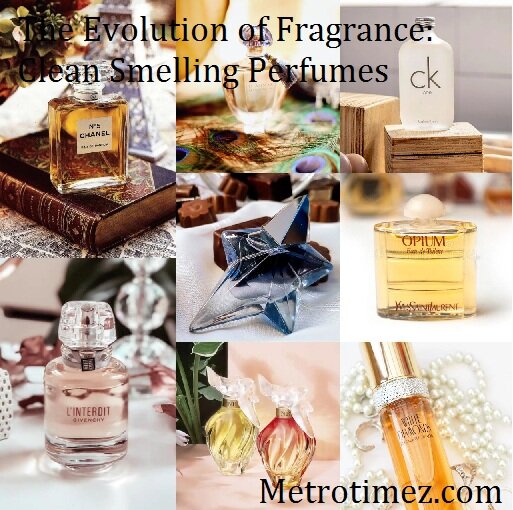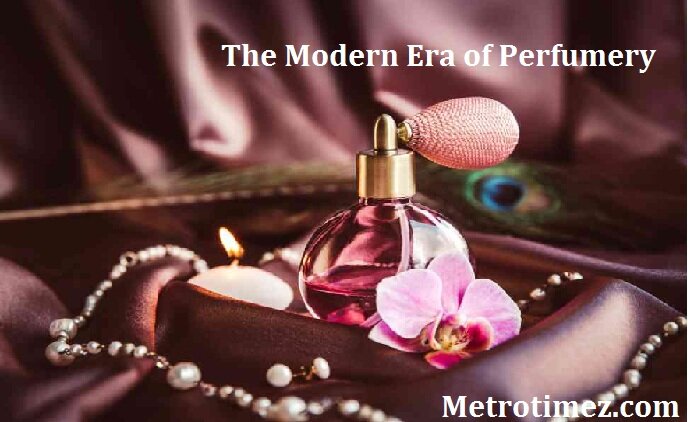
Introduction
Fragrance has always been an essential part of human culture, enhancing personal style and evoking memories. Over the years, the preferences and trends in perfumes have evolved significantly. One of the most notable trends in recent times is the rise of clean smelling perfumes. These fragrances, characterized by their fresh, airy, and natural scents, have gained immense popularity. Let’s delve into the evolution of clean smelling perfumes and why they are becoming the go-to choice for many.
The Early Days of Fragrance
Ancient Beginnings
The history of fragrance dates back to ancient civilizations. Egyptians, Greeks, and Romans used natural ingredients like flowers, herbs, and resins to create perfumes for religious ceremonies, medicinal purposes, and personal use. These early fragrances have often strong and potent, reflecting the raw materials from which they were derived.
Medieval and Renaissance Periods
During the medieval and Renaissance periods, perfumes became more sophisticated. The art of distillation allowed for the extraction of essential oils, leading to more refined and complex scents. However, these perfumes have still rich and intense, often used to mask unpleasant odors in an era before modern sanitation.
The Modern Era of Perfumery

The Birth of Synthetic Fragrances
The 19th century marked a significant turning point in the world of perfumery with the discovery of synthetic compounds. This innovation allowed perfumers to create new, unique scents that not found in nature. The introduction of synthetic fragrance led to the creation of iconic perfumes with bold and exotic notes, reflecting the growing desire for luxury and glamour.
Minimalism and Clean Scents
As the 20th century progressed, there was a shift towards minimalism in many aspects of life, including perfumery. The 1990s saw the emergence of clean smelling perfumes, characterized by their light, fresh, and natural scents. This trend was a reaction to the opulent and heavy fragrances of the past, offering a more subtle and understated alternative.
The Rise of Clean Smelling Perfumes
The Appeal of Freshness
Clean smelling perfumes evoke a sense of freshness and simplicity. They often feature notes of citrus, green leaves, aquatic elements, and soft musks, creating a scent that has reminiscent of freshly laundered clothes, a brisk morning walk, or a clean ocean breeze. This appeal to the senses has made clean fragrances a favorite for those seeking a more natural and effortless aroma.
Health and Wellness Trends
The rise of health and wellness trends has also contributed to the popularity of clean smelling perfumes. As consumers become more conscious of what they put on their bodies, there has a growing preference for fragrances that are free from harmful chemicals and synthetic additives. Many clean perfumes have marketed as being made with natural ingredients, appealing to the eco-conscious and health-oriented consumer.
Versatility and Universality
Another factor driving the popularity of clean smelling perfumes is their versatility. These fragrances are often gender-neutral and suitable for various occasions, from casual daywear to professional settings. Their subtle and non-intrusive nature makes them an ideal choice for everyday use, appealing to a broad audience.
Iconic Clean Smelling Perfumes
CK One by Calvin Klein
Launched in 1994, CK One by Calvin Klein is one of the most iconic clean smelling perfumes. Its fresh, citrusy scent, combined with green tea and musk notes, set the standard for gender-neutral and clean fragrances.
Light Blue by Dolce & Gabbana
Dolce & Gabbana’s Light Blue, introduced in 2001, is another classic clean scent. With its crisp apple, Sicilian lemon, and bamboo notes, Light Blue captures the essence of a Mediterranean summer, offering a refreshing and invigorating aroma.
Aqua Universalis by Maison Francis Kurkdjian
Aqua Universalis by Maison Francis Kurkdjian is a modern take on clean fragrances. Launched in 2009, it features notes of bergamot, lemon, lily of the valley, and musk, creating a light and airy scent that is both elegant and versatile.
Conclusion
The evolution of fragrance from ancient times to the modern era reflects changes in cultural preferences, technological advancements, and lifestyle trends. Clean smelling perfumes, with their fresh, natural, and versatile scents, have become a defining trend in contemporary perfumery. As consumers continue to seek out fragrances that align with their values of simplicity, health, and sustainability, the popularity of clean perfumes is likely to endure and evolve. Whether for their subtle elegance or their refreshing appeal, clean smelling perfumes represent a significant shift towards a more refined and conscious approach to fragrance.